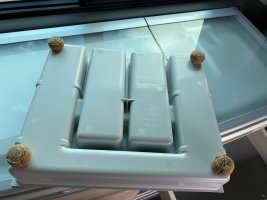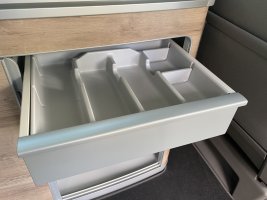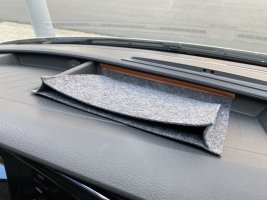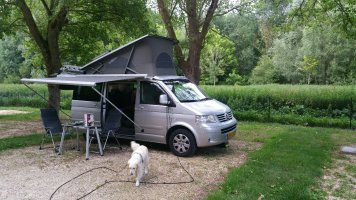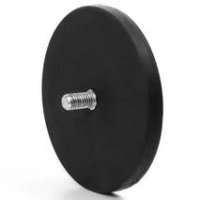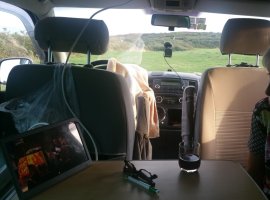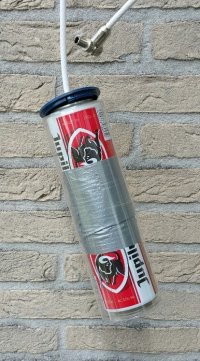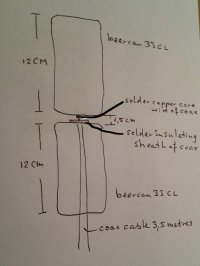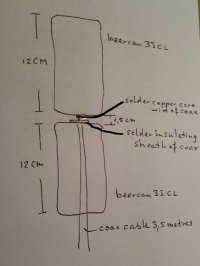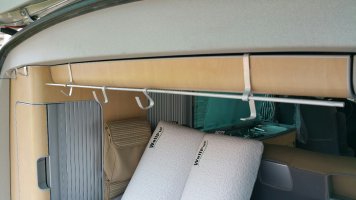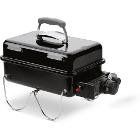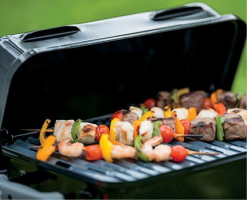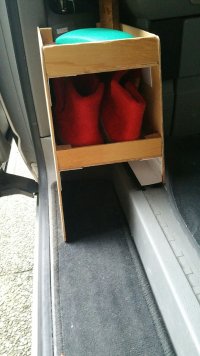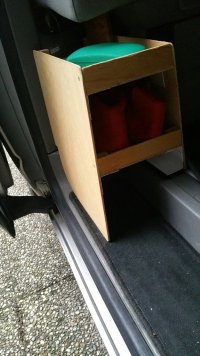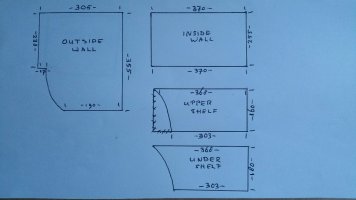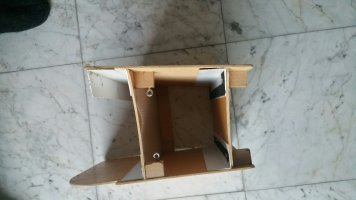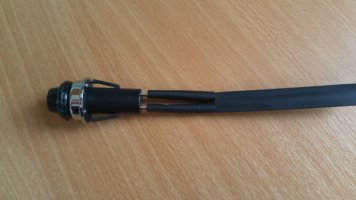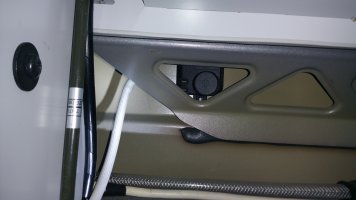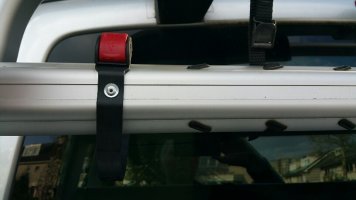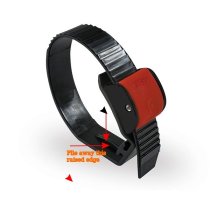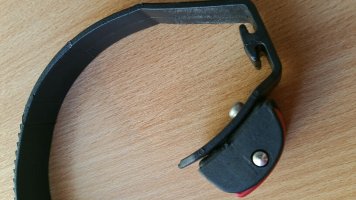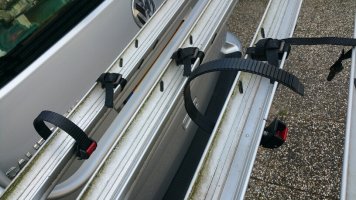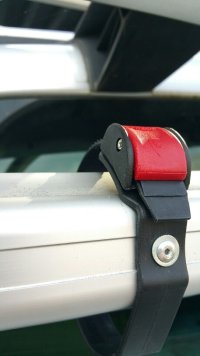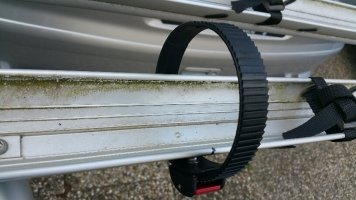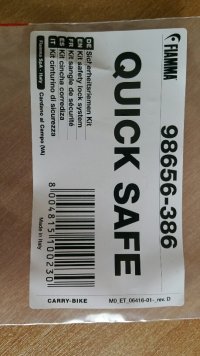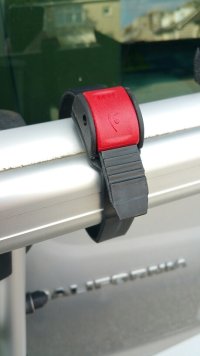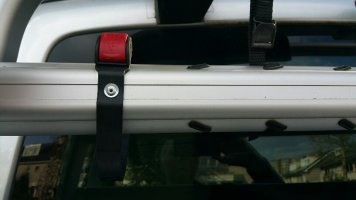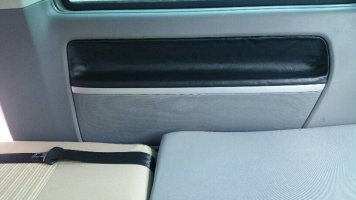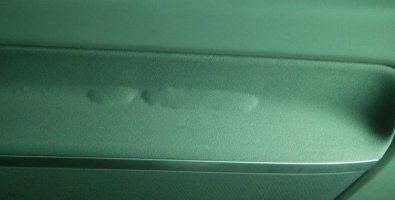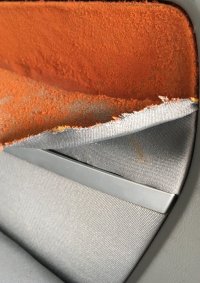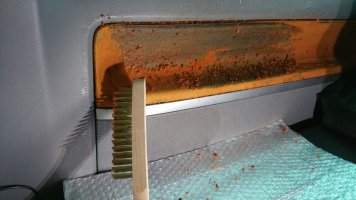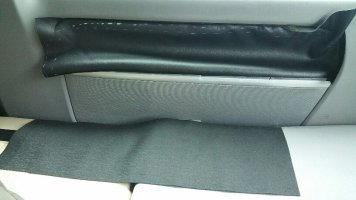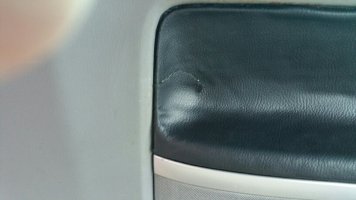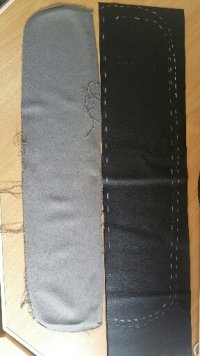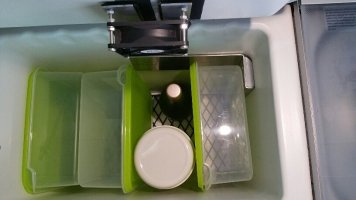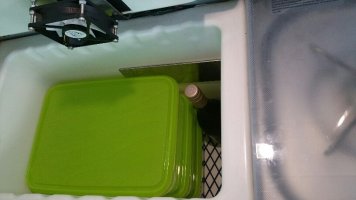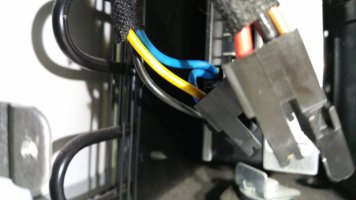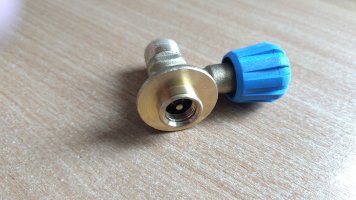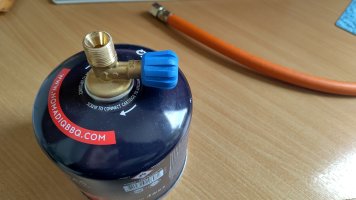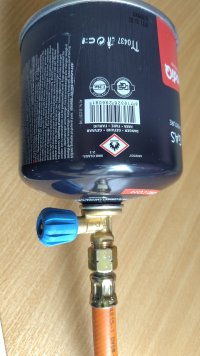Compact grill Weber Go Anywhere Gas, that isn't too compact
View attachment 103053
We've carried the
Weber Go Anywhere Gas (GA Gas) Grill in the boot of the Cali for six years. It's called the "men's bag" on the BBQ forums because of its relatively compact size. He weighs 7 kilos and measures 37.0 cm * 31.0 cm * 53.0 cm.
We like to use the grill for sea bream and trout, steaks, venison, meat skewers (see picture), roulades, in short all large and small pieces of meat.
We usually grill on feeling, i.e. without a meat thermometer. This works best with small meat. Our digital Ikea meat thermometer helps us a little with larger pieces of meat.
Here my experiences:
Positive is:
- The grill reaches a temperature of 200 degrees Celsius within half a minute.
- it has a closed lid so that the meat is well warmed all around and inside.
- Electric piezo ignition still works perfectly after six years.
- You can operate the GA Gas with relatively inexpensive gas cartridges with EN417 connection, for example from Cadac (500 grams) or Nomadiq (500 grams). The Weber gas cylinders themselves are far too expensive.
- In thr gsrden at home, the grill can be connected to a 11 kg propane-butane gas bottle with an extra hose and adapter.
- The GA Gas is enamelled and the baking tray is made of porcelain-enamelled steel, which makes it easy to clean under running warm water with washing-up liquid.
- If you put an alu tray at the bottom, most of the dripping fat is collected.
- The gas burner is protected from dripping by an aluminum "roof".
- The two fold-out legs do not get hot, so the grill can be placed on camping grass and also on the Cali table.
- Unlike the Weber GA charcoal grill, it is allowed on most campgrounds.
- The price is okay: if you keep an eye on the offers, you will find something for 80 - 90 euros. But sometimes you also see prices of 195 euros.
Negative is:
- Although it is relatively small, it still takes up three quarters of a euro box, even if you unscrew the handle. So, though the grill is compact, it certainly is not very compact.
- The grill does not deliver low temperatures: with the lid closed, it heats up to at least 100 to 120 degrees Celsius. This means that you can't cook meat "low and slow" up to a maximum of 80 degrees slowly and for a long time, so pulled pork doesn't work.
- The GA Gas is not suitable for the butane gas in the Cali.
- The grill has a pressure reducer of 30 mBar here in the Netherlands. In Germany it is supplied with a pressure reducer of 50 mbar. Both are not interchangeable.
- During our trip to Greece, the grill remained unused for five weeks, simply because the food in the restaurants there is so cheap and tasty that you don't bother to light the grill yourself.
- The two fold-out legs slide easily on smooth surfaces.
Greetings from Amsterdam,
Marc.
View attachment 103054
